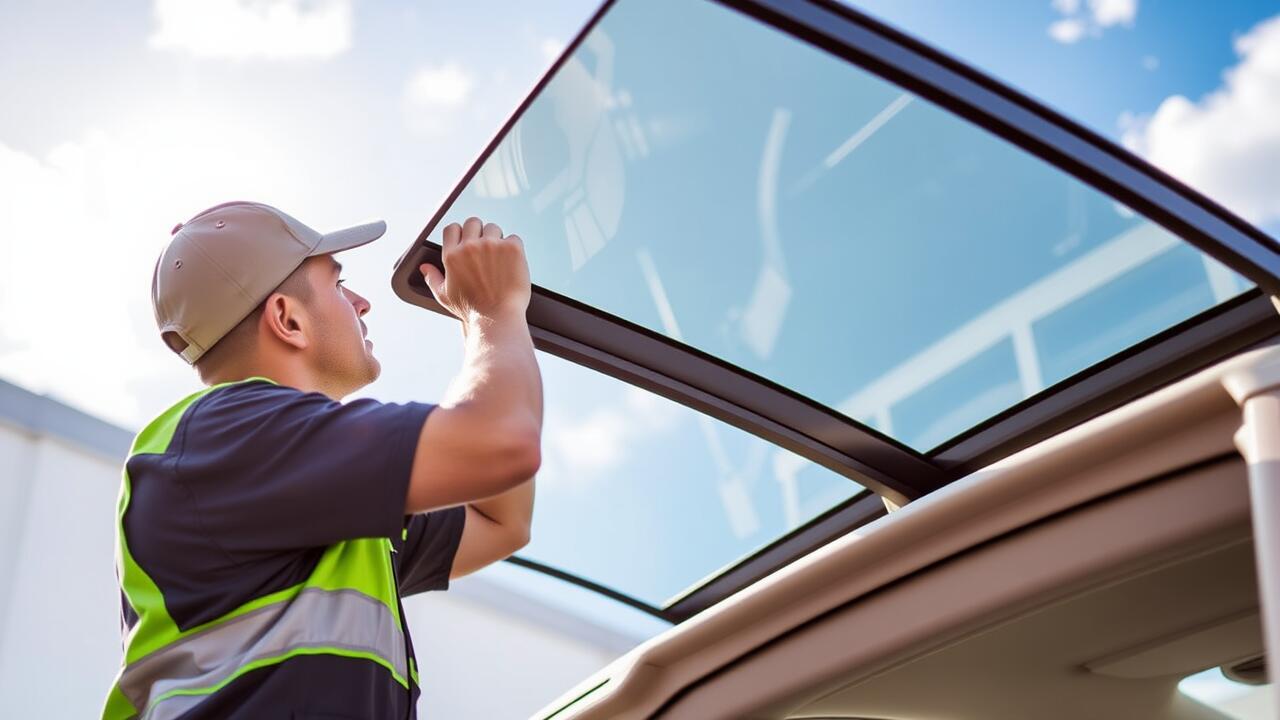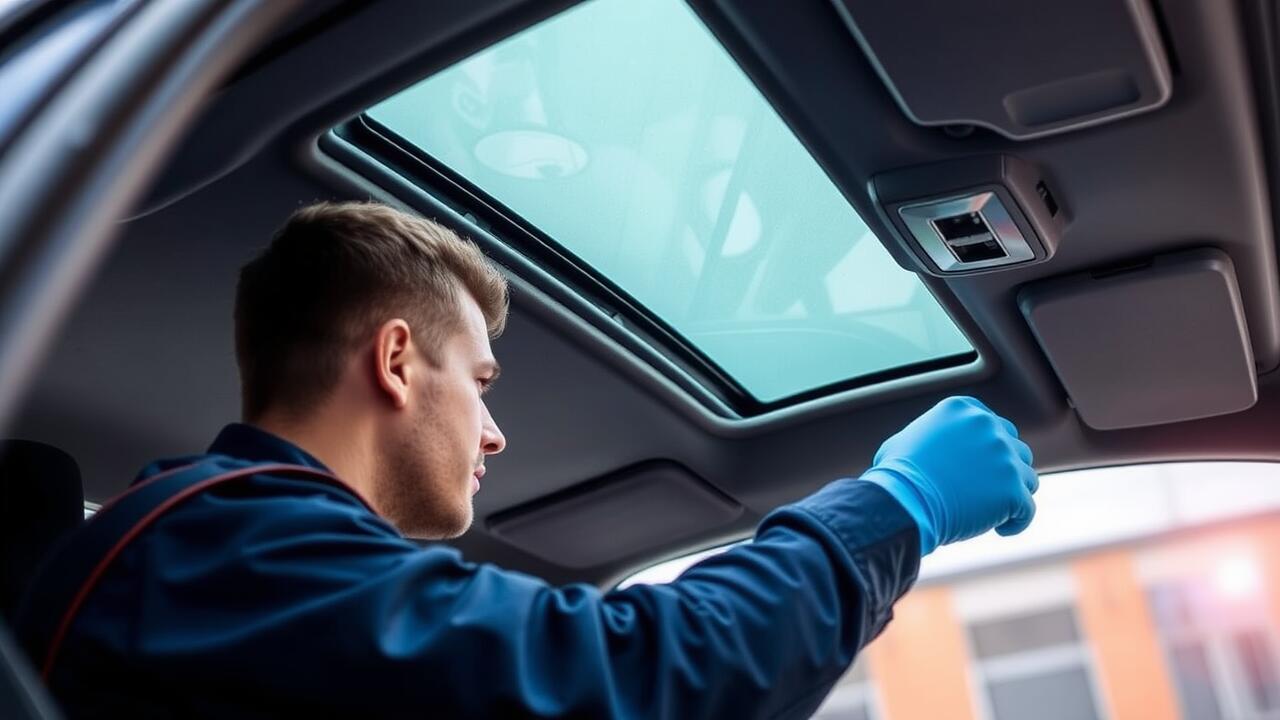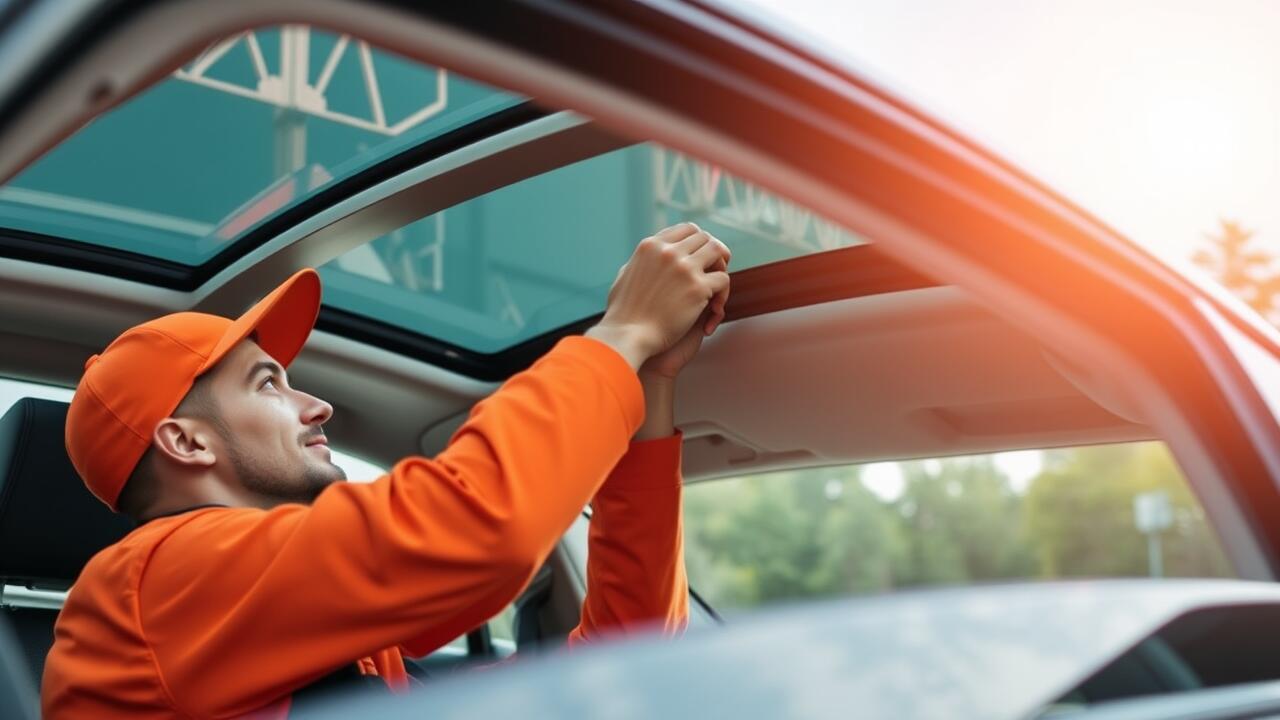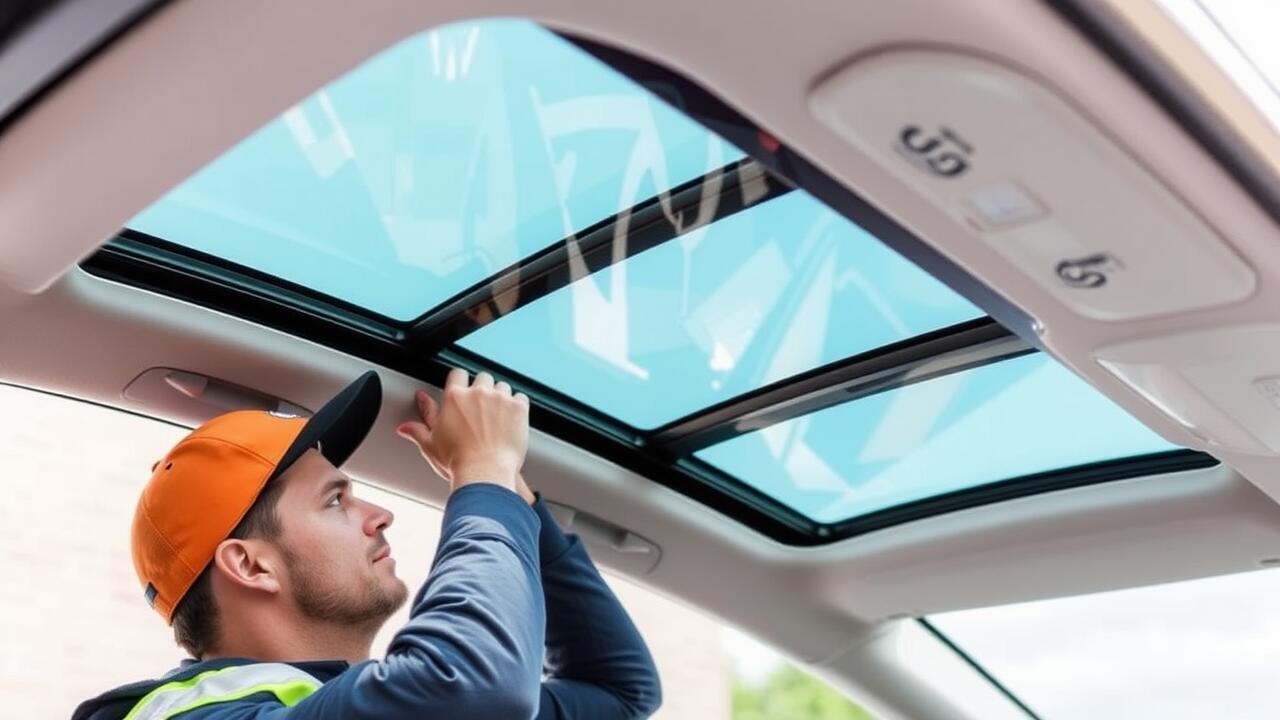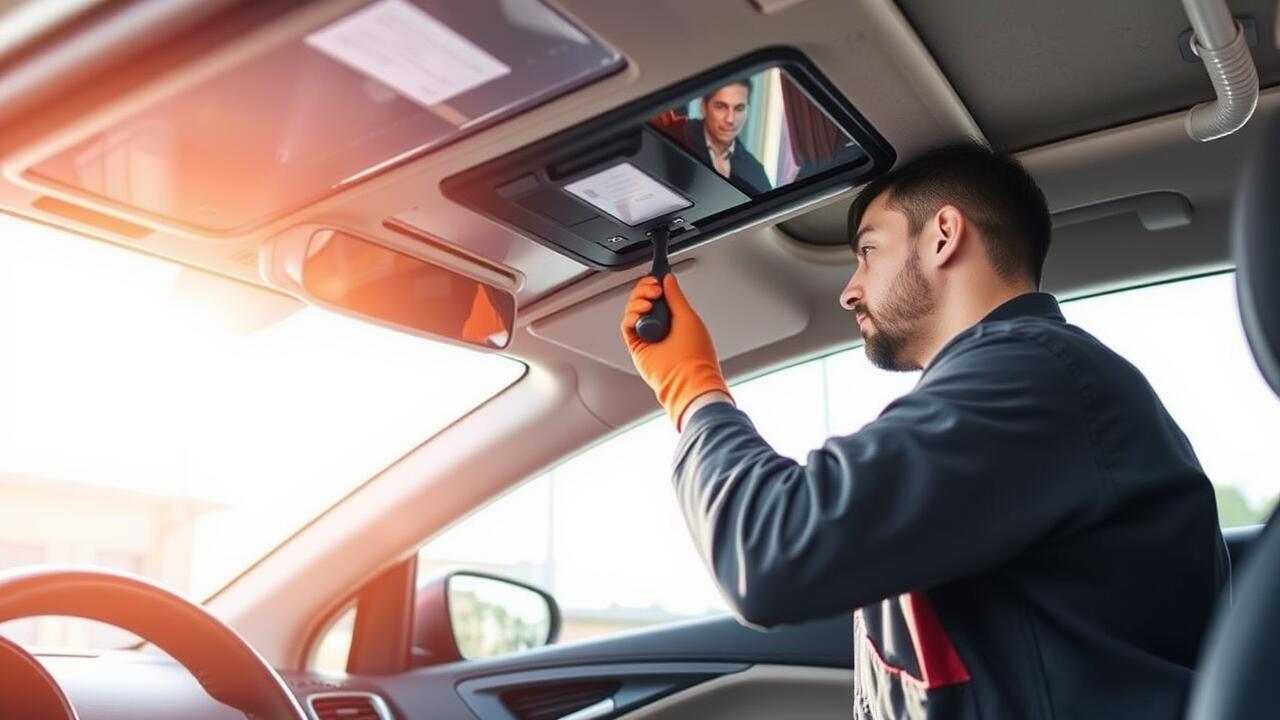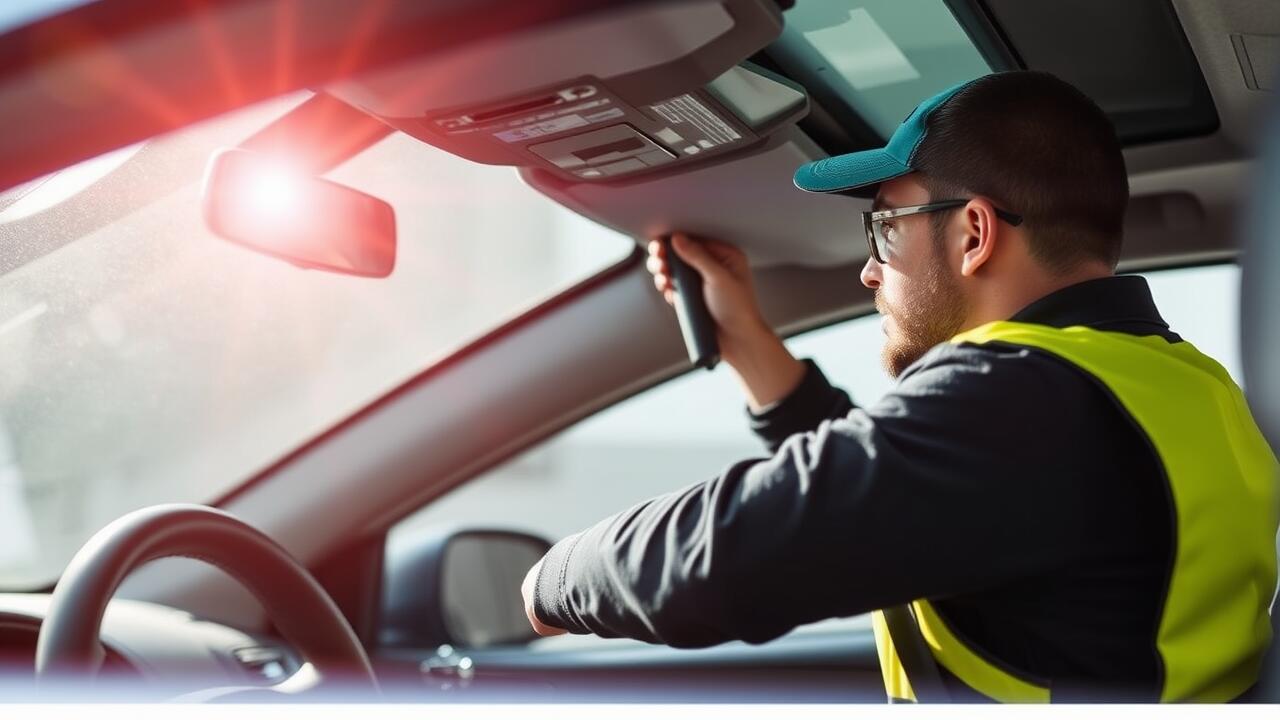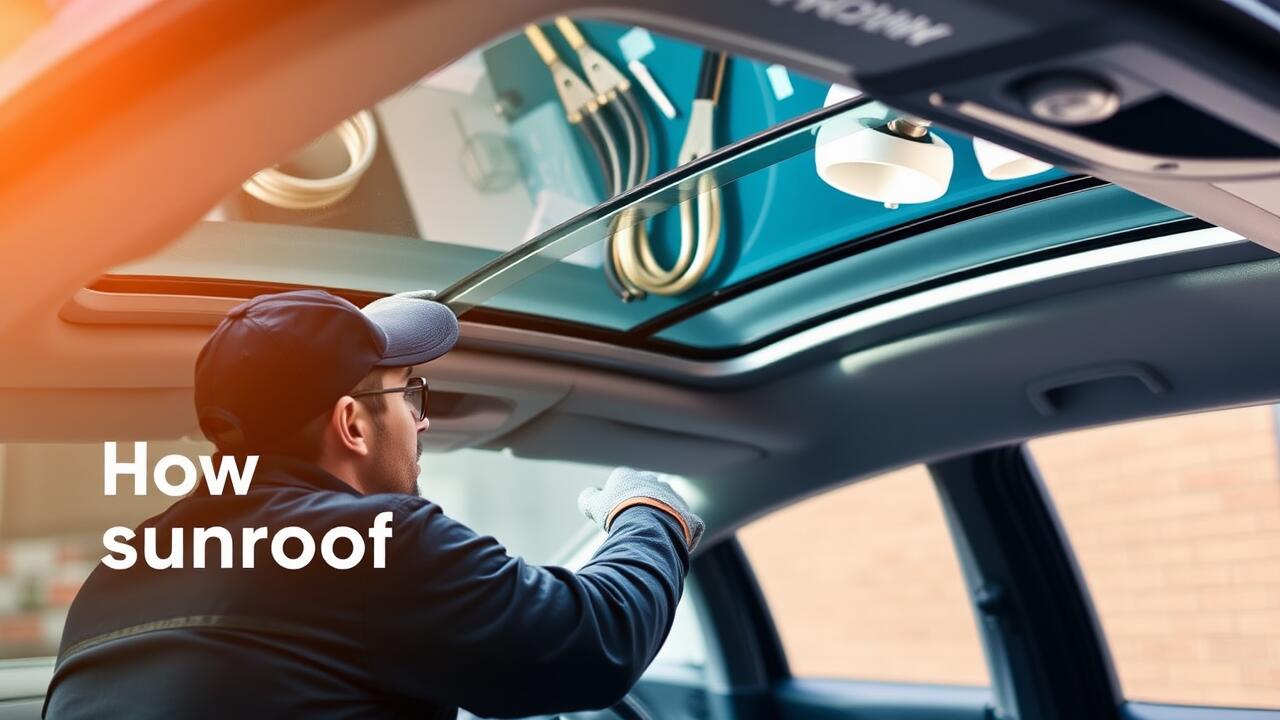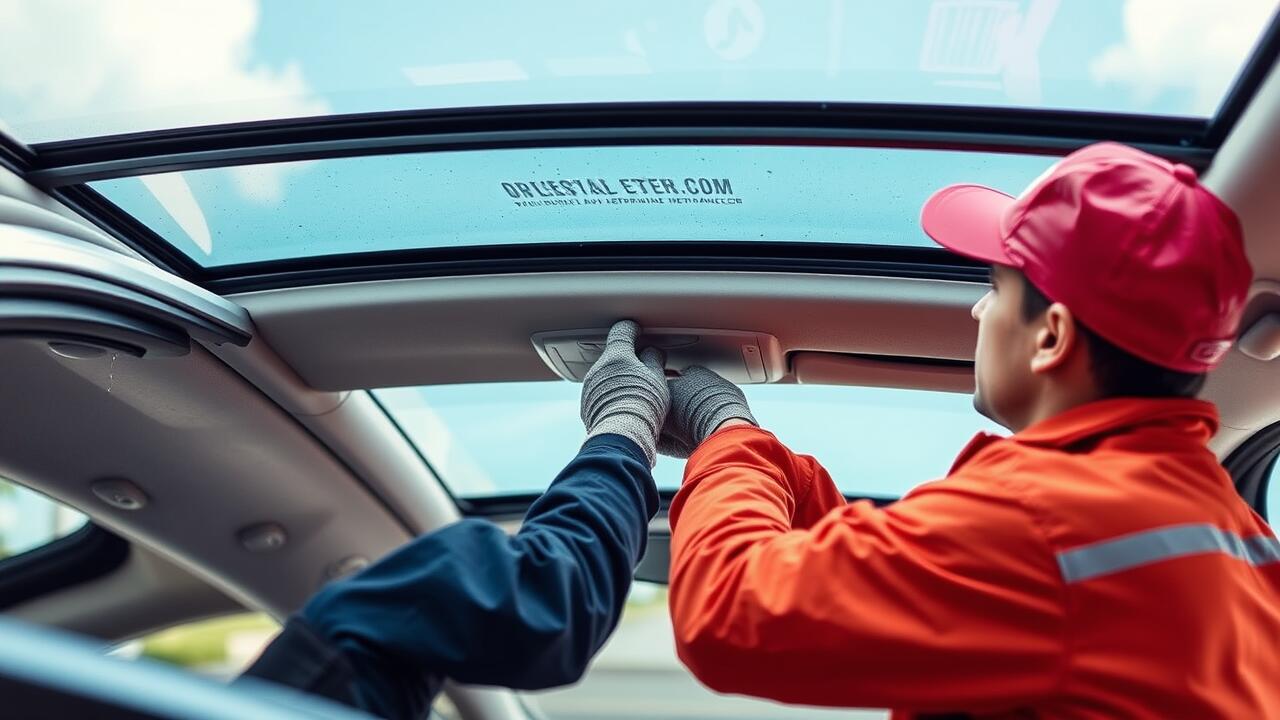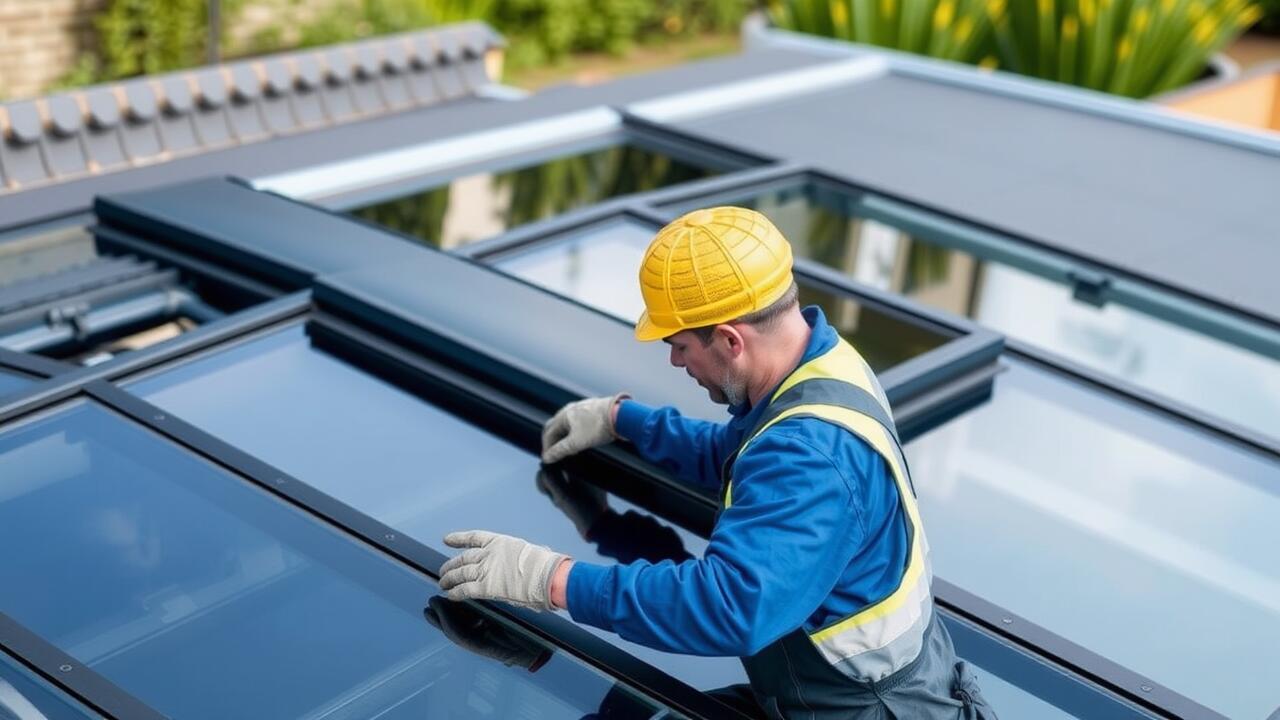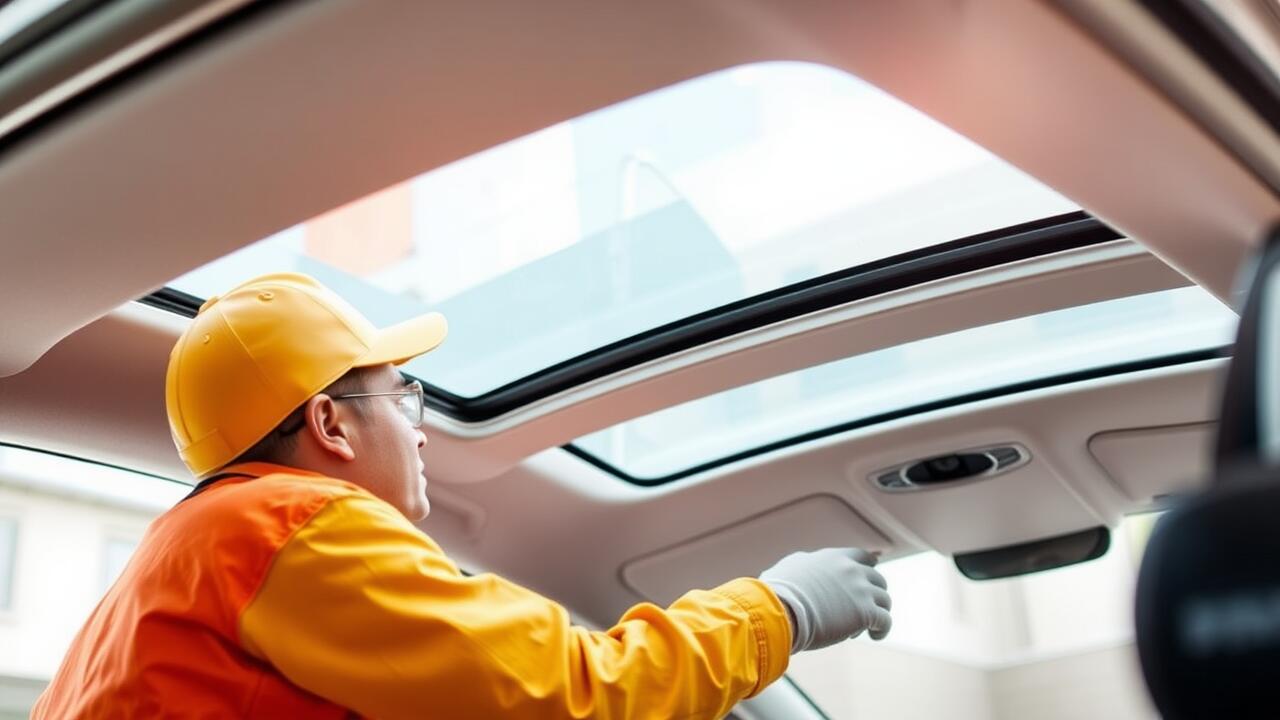
Table Of Contents
Utilizing Plastic Sheeting
When faced with a broken sunroof, one of the most straightforward temporary fixes involves utilizing plastic sheeting. This method effectively shields the interior of the vehicle from rain and debris while you plan for a more permanent solution. To start, measure the dimensions of the sunroof opening and cut the plastic sheeting to the appropriate size. Ensure that the sheeting overlaps the edges of the sunroof to provide adequate coverage.
Secure the plastic sheeting to the vehicle using strong adhesive tape or clamps. It’s crucial to make sure that the sheeting is taut and well-adhered. While this fix is not meant to substitute for sunroof replacement, it provides a barrier until you can get to a professional for repairs. Check the sheeting regularly, especially after inclement weather, to ensure it remains intact and protects your vehicle's interior effectively.
How to Effectively Cover the Sunroof
When your sunroof is broken, covering it effectively can prevent water leaks and further damage while you consider sunroof replacement options. Begin by cutting a piece of plastic sheeting to the appropriate size, ensuring it overlaps the edges of the sunroof opening. Secure the plastic tightly using strong adhesive tape or waterproof duct tape. Ensuring that the cover is airtight will help shield the interior of your vehicle from rain and debris.
It's essential to check the integrity of your makeshift cover periodically. Wind and weather conditions can compromise the adhesive over time, so reinforce any loose edges as needed. If you notice water seepage or find that the plastic has become dislodged, address the issue promptly. While this is not a permanent solution, it can provide you with much-needed protection until you can arrange for a sunroof replacement.
Adjusting the Sunroof Mechanism
When facing a malfunctioning sunroof, adjusting the sunroof mechanism can provide a temporary solution. Often, the issue stems from misalignment or a jam in the track. Manually inspecting the area allows you to identify any obstructions. Carefully pulling the sunroof toward the closed position can often realign it. This simple step may restore functionality while you consider a more permanent solution, such as sunroof replacement.
If the sunroof remains unresponsive, employing manual override techniques can further assist in adjusting the mechanism. Many sunroof systems have a manual crank or a way to engage a bypass switch. Accessing the sunroof’s power source might unlock it. Maintaining awareness of the potential for other underlying problems will help you determine if a full sunroof replacement is necessary in the long run. Temporary adjustments offer a quick fix while you assess your options.
Manual Override Techniques
If the sunroof is stuck in an open position, a manual override may be necessary. Most vehicles have a way to manually operate the sunroof, typically by accessing the mechanism beneath a removable panel. By turning the appropriate screw or lever, you can often close the sunroof which provides an immediate solution to protect the interior from elements. This technique is particularly useful if you're in a hurry and cannot schedule immediate repairs.
In some cases, after using manual override techniques, it’s essential to evaluate the overall functionality of the sunroof. If the manual operation solves the issue, observing the mechanism for wear or damage is crucial. Being aware of the condition of your sunroof can help you decide whether a more permanent fix is needed, such as repair or sunroof replacement. Keeping the sunroof in good order will not only prevent future inconveniences but also maintain the vehicle’s aesthetic appeal.
Checking for Water Leaks
After applying a temporary fix to your sunroof, it is crucial to check for any water leaks. Water intrusion can lead to additional problems, including mold growth and damage to the vehicle's interior. Start by running a hose over the sunroof area, simulating rain to see if any water seeps through the repair. Pay close attention to the edges and any joints where water might gather, as these areas are often the most vulnerable.
If you notice any leaks during this inspection, it may indicate that your temporary fix isn't sufficient. Although a quick solution can provide immediate relief, keep in mind that prolonged water exposure can compromise your vehicle’s integrity. If leaks persist, consider options for a more permanent solution like professional sunroof replacement. Addressing these issues promptly can prevent further complications down the road.
Testing the Temporary Fix
After implementing your temporary fix, it's important to test the effectiveness of your solution. Start by gently pushing the sunroof to see if it still opens or closes properly. Listen for any unusual sounds that might indicate a misalignment or further mechanical issues. If the sunroof is secure and there are no problems with movement, the temporary fix may be holding well. However, keep in mind that this is only a short-term solution. Continued use may exacerbate any existing problems and could lead to the need for a complete Sunroof Replacement.
Next, check the interior of the vehicle for any signs of water leakage during rain or after washing the car. A quick inspection can help identify any areas where your temporary fix may not be fully sealing. If you notice dampness or water stains, adjust your cover or sealing technique to prevent damage to the interior. Regular checks will ensure your temporary fix remains effective until a professional repair or Sunroof Replacement can be arranged.
FAQS
What should I use to cover a broken sunroof temporarily?
You can use plastic sheeting, heavy-duty tape, or a tarp to cover the sunroof temporarily. Make sure to secure it well to prevent any leaks.
How do I properly cover the sunroof with plastic sheeting?
Cut a piece of plastic sheeting large enough to cover the entire sunroof, leaving extra material to attach it securely. Use heavy-duty tape to fasten the edges to the roof of the car, ensuring there are no gaps.
What can I do if the sunroof won’t close?
You can try to manually override the sunroof mechanism by finding the emergency release or using a tool to push the sunroof closed if it has a manual override option.
How can I check for water leaks after my temporary fix?
After applying the temporary fix, use a water hose to spray water on the sunroof area while inside the car. Check for any drips or leaks to ensure your temporary solution is effective.
How long can I keep the temporary fix on my sunroof?
The temporary fix should only be a short-term solution until you can get the sunroof repaired professionally. It’s advisable to monitor the fix regularly and schedule a repair as soon as possible.

